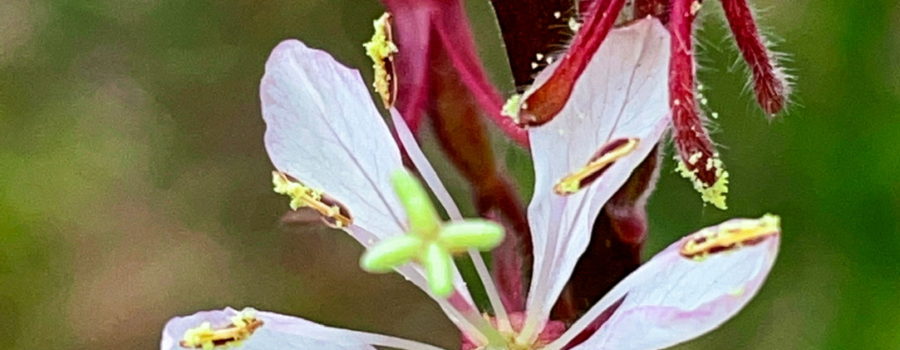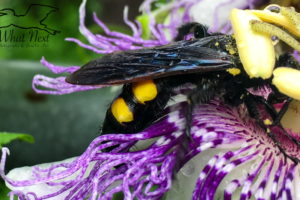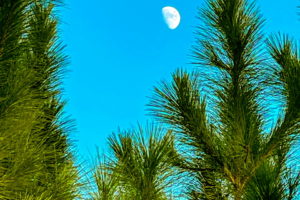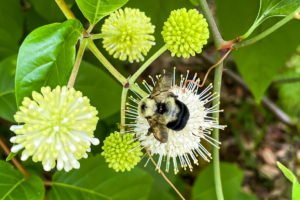Southern Beeblossom is a Beautiful Year Round Bloomer

One of the few things that was still blooming up until we had a light frost just before Thanksgiving was the beautiful southern beeblossom (Oenothera simulans). I see this plant growing in quite a few places out here including on my own property, along many of the roads, around my office, and in the drier parts of the Gothe State Forest to name a few. Last weekend I took a road trip down to St. Petersburg to visit a friend, and saw quite a bit of it growing along the roadsides, and down there it was still blooming. If you were to head even further south it could be found blooming all year round. Up here it usually blooms between April and November, and in south Florida it definitely has more blossoms during those warmer months. The flowers are small, delicate and start out white. As they age, they slowly become more and more pink. Aging may actually be a relative term, since each flower only lasts for about 24 hours. The flowers open in the evening and are gone by the following evening.

Southern beeblossom is a member of the primrose family that also includes cutleaf evening primrose and velvetweed. Like southern beeblossom (also known as southern guara, morning honeysuckle, or morning guara), these plants are evening bloomers, so they appeal mainly to pollinators that are active during the evening and at night like moths, bees, ants, bats, and butterflies that are active in the evening. One particular moth, the clouded crimson moth, also uses the plant leaves for food in it’s larval stage. This plant is native to the southeastern United States from North Carolina south through Florida and west into Alabama and Mississippi. In Florida, this plant can be found everywhere except in two panhandle counties. It prefers direct sunlight in areas with sandy or rocky soil that stays reasonably dry. It is drought tolerant, but it will grow in areas with quite a bit of rain as long as the soil is well drained. Besides being found along the roads, it is also found in forest clearings, open fields, prairies, and dunes.

This plant reproduces strictly via seed production and since it makes plenty of seeds, it can sometimes become a nuisance by over growing an area. It also has a tendency to become thin and weedy looking, especially at the end of the summer and early fall. Some people do use it in butterfly gardens, wildflower gardens, and as a border plant, and it is suggested that the plants be deadheaded frequently to keep them from over growing in those situations. The seeds also make good food for some of the wild birds such as turkeys, quail, doves, and many of our fall migrants. This plant did especially well this year, at least in this part of Florida, due to a spring drought that killed or at least set back many of our other native wildflowers. The early frost has pretty much killed it off for this year, but I’m sure it will be back again this spring. I look forward to the return of those pretty white and pink flowers. I’m hoping that this year I can find some of the crimson moth caterpillars and later the adult moths since both are very pretty and I’ve not seen them before.

If you like beautiful nature photography and artwork along with interesting and informative nature and animal related content, then you’ll love this blog. Subscribe below to be the first to get each new episode!





Recent Comments